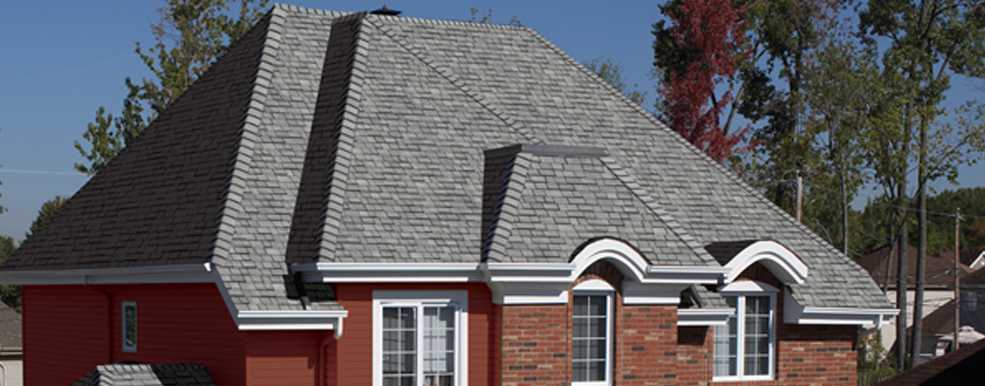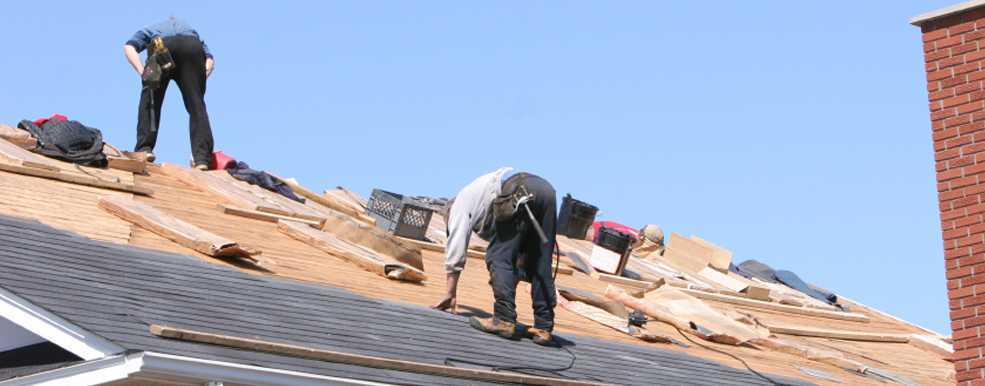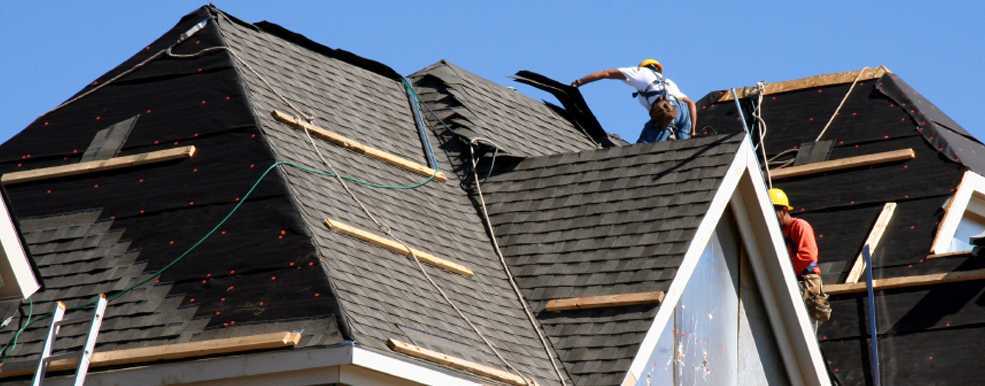Wasps may be naturally docile creatures, but once they feel their nest is in danger they can become very aggravated and dangerous. If you have noticed wasps flying around your 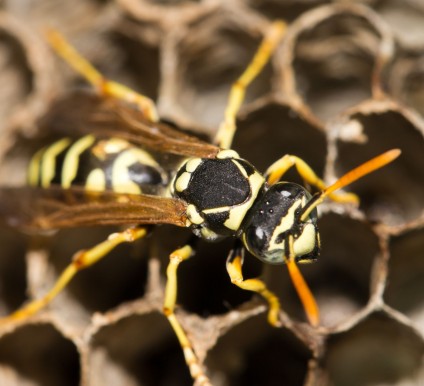 home, there most likely is a nest of them nearby that they will die to protect. In this scenario, it is recommended to contact a professional pest management company to ensure the safe and effective removal of wasps in or around your home. However, there are a number of do-it-yourself treatments you can use to help get rid of wasps and prevent them from becoming a bigger issue. Of these treatments, building a wasp trap is one of the most efficient and cost effective, and can usually be made with items around your home. Remember that these traps are not full proof and if your wasp problem gets out of hand, contacting a professional to remove the wasps and their nests is highly recommended.
home, there most likely is a nest of them nearby that they will die to protect. In this scenario, it is recommended to contact a professional pest management company to ensure the safe and effective removal of wasps in or around your home. However, there are a number of do-it-yourself treatments you can use to help get rid of wasps and prevent them from becoming a bigger issue. Of these treatments, building a wasp trap is one of the most efficient and cost effective, and can usually be made with items around your home. Remember that these traps are not full proof and if your wasp problem gets out of hand, contacting a professional to remove the wasps and their nests is highly recommended.
In addition to providing a safe and reliable way to trap wasps in your home or garden, building your own wasp trap is also environmentally friendly. Unlike the common traps sold on the market today, these homemade wasp traps use no harmful chemicals or pesticides to trap and kill the invasive wasps. This helps ensure no damage is done to you, your family, or the environment when trying to capture these creatures. Once the trap is full or your wasp problem has subsided, you won’t have to worry about a safe way to dispose of them since they are all made from items you would naturally throw away or recycle in your home. Following are three wasp traps that are easy to make with items you probably have already in your home.
Jar Trap
To build your own jar trap, you will need an empty jar, orange juice, and jam. Punch a hole in the jar lid about as wide as the base of your index finger. Fill the jar halfway with the orange juice or other sweet liquid and smear the jam underneath the lid. Seal the jar with the lid and place the trap in a high traffic area for wasps. The wasps will be attracted to the sweet juice within the jar and get caught by the jam as they try to escape. They will then grow tired and drown in the juice. Be sure to only remove and empty the trap at night to avoid getting stung.
Ground Trap
For a homemade ground trap, you will need an empty two liter bottle, liquid bait, and duct tape or a stapler. Take the empty two liter bottle and cut the top off right at the bottom of the cone. Remove the lid and flip the top piece over into its base. Duct tape or staple the  pieces together to ensure it doesn’t fall apart and then fill the bottle with a few inches of liquid bait. Place the bottle on the ground or on a ledge where wasps frequent near or in your home. The goal of this trap is to lure wasps into the small, inverted opening at the top towards the bait. They will have a hard time flying back out the inverted hole and will drown in the liquid bait.
pieces together to ensure it doesn’t fall apart and then fill the bottle with a few inches of liquid bait. Place the bottle on the ground or on a ledge where wasps frequent near or in your home. The goal of this trap is to lure wasps into the small, inverted opening at the top towards the bait. They will have a hard time flying back out the inverted hole and will drown in the liquid bait.
Hanging Trap
Hanging traps are much like the aforementioned ground trap but require an additional two liter bottle. You will need two, two liter bottles, liquid bait, and duct tape. Like in the ground trap, you begin by cutting the top cone off the two liter bottle and remove the lid. Then, cut the bottom third off your second two liter bottle. Place the cone of your first bottle straight up into the base of your second bottle and duct tape them together. Next, fill your trap with liquid bait and make sure the top bottle has its lid on securely. Finally, hang the trap in a high traffic area for wasps. This trap will lure wasps in through the base to the bait and trap them once they are inside as it will be difficult for the wasps to fly back out.
How to Bait Your Traps
Depending on the time of year, the bait you use in your homemade wasp traps will differ. 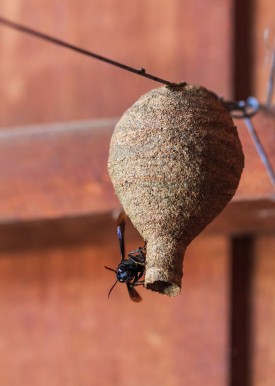 In the spring and early summer, wasps are looking for sources of protein, while in the late summer and early fall they are drawn to sweets. For protein, use small chunks of lunch meat or hamburger to bait the wasps to your trap. To attract wasps looking for sweets, use a few inches of soda or juice in the trap. Also, be sure to add a bit of vinegar in the trap as well to ward off bees from entering. Other baits that have proven successful include jam, beer, sweet soda, wine, maple syrup, and molasses. You can also try baits of your own that might attract wasps, you never know what works and what doesn’t until you have tried them on your own.
In the spring and early summer, wasps are looking for sources of protein, while in the late summer and early fall they are drawn to sweets. For protein, use small chunks of lunch meat or hamburger to bait the wasps to your trap. To attract wasps looking for sweets, use a few inches of soda or juice in the trap. Also, be sure to add a bit of vinegar in the trap as well to ward off bees from entering. Other baits that have proven successful include jam, beer, sweet soda, wine, maple syrup, and molasses. You can also try baits of your own that might attract wasps, you never know what works and what doesn’t until you have tried them on your own.
How to Maintain Your Traps
In order to ensure your wasp trap is working at its most efficient level, regular maintenance will need to be performed. Empty the trap on a regular basis once dead wasps begin to fill the container. Once cleaned, refill the proper bait and place the trap back in its designated area. If the trap begins to deteriorate or gather holes, replace the bottle or jar used to ensure no wasps can escape.
Whether you are trying to rid wasps from your home or garden, or want to enjoy a picnic in the park undisturbed, building your own wasp traps are an inexpensive and efficient way to keep wasps out. Although these traps are a great temporary solution to your wasp problem, the only way to ensure the pests are free from your home for good is to contact a professional pest management company. These companies will ensure that the nests are removed from the area and problem areas in your home and garden that might attract wasps are treated.
About the Author:
Daniel Mackie, co-owner of Greenleaf Pest Control, is a Toronto pest control expert well-known as an industry go-to guy, an innovator of safe, effective pest control solutions, and is a regular guest on HGTV. Mackie, along with business partner Sandy Costa, were the first pest control professionals in Canada to use detection dogs and thermal remediation for the successful eradication of bed bugs. In his free time, he is an avid gardener.








